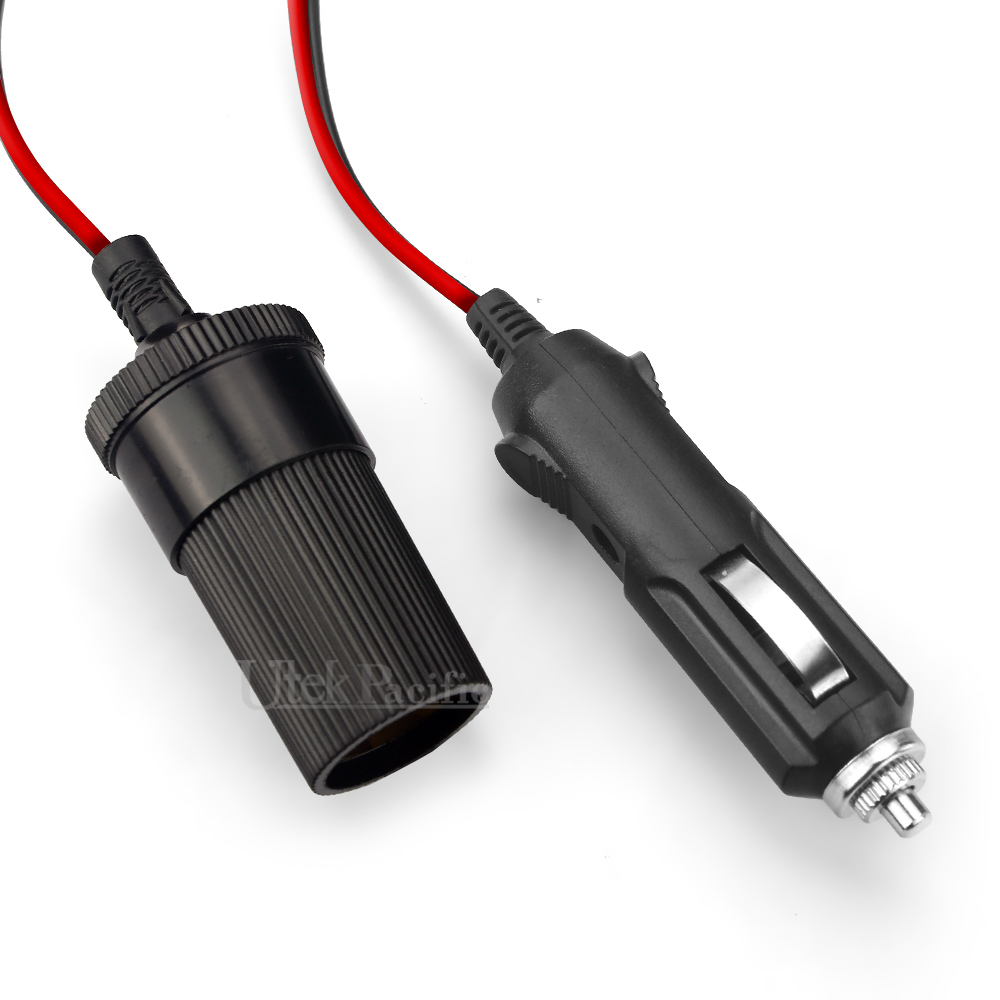

The most common thing worth noting is that these components have a positive connection, which is 12 volts and the negative is often the “ground”. When connecting these components, you will need to make sure that the polarity matches. No matter which car cigarette lighter you use, the input will always matter and be important for your vehicle. These would connect to the internal components and ensure a negative current, which would balance out the positive. You often notice these two components contracting as you inside the charger into the slot. For the negative sides of the car lighter, you would notice two metal clips running on either side of the component.In some vehicles, the manufacturer might put it at the back to keep the front from being in constant contact. The positive is often located as a solid metal object, usually found at the back or directly at the bottom of the lighter plug.What Is Positive And Negative On A Cigarette Lighter Plug? These two make up the negative and positive poles of the cigarette lighter inside your car. Additionally, you will have a solid metal component located in the front of the components. I did a quick test using the new port to ensure it’s working correctly.If you have ever held a cigarette lighter plug in your hands, you might notice 2 metal clips running on either side of the clip.

Now we’re done here and next is moving onto the bezel. Whenever a crimp connection is done, always give it a pull test to ensure the wire is firmly in place.
12V CIGARETTE LIGHTER PLUG WITH LEADS INSTALL
Using the correct sized crimp terminals based on the wire gauge, install the terminals on each wire and then crimp. Then strip the insulation so the appropriate length of the conductor is exposed. With the connector removed, I just cut off the terminals. The test light is a sharp tip that works great for accessing these tangs. Once forward, this will exposed tangs on the inside of the connection, pull those away from the terminals, then remove the terminals. Slide the outer retaining frame on the connector forward, there are two tabs on the back that needs to be disconnected. I also tried sourcing a plug that connects to the factory plug but was unable to find one, so I’ll have to cut the wires instead. Unfortunately, this wasn’t the case here. With the key off, the connector casing can be removed and you may be lucky where the terminals will connect to the new port. Once the key is turned off, the circuit turns off as well. Next, I have stuck the probes in the back of the connector so they stay in place, then turning on the ignition, the circuit has power right away. This will need to be known when connecting the new port. Therefore the black lead is on the ground and the red lead is on positive. So when the leads are switched, the value will be shown as a positive value. Therefore positive is negative and negative is positive. If you’ve noticed, the value was negative on the meter readout, this means the polarity is mixed up. As you can see, one has no voltage and the other has voltage present, therefore it’s on all the time. These can be probed from the front or rear, whichever is easiest. With the key in the off position, test the plugs for the 12v ports. Make sure you have the leads in their correct position, this will help determine which wire is positive and negative. First using a multimeter, set it to the two-digit dc voltage setting. This can be checked using a multimeter or test light and I’ll demonstrate both examples.

Some 12v ports remain on all the time or they can be switched with the ignition. Now to determine which is the switched source.


 0 kommentar(er)
0 kommentar(er)
